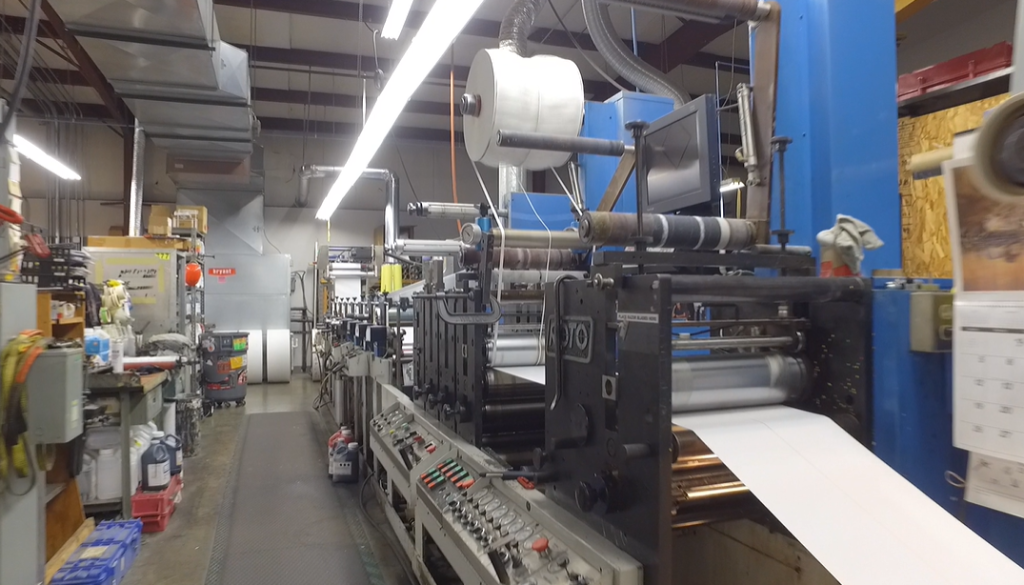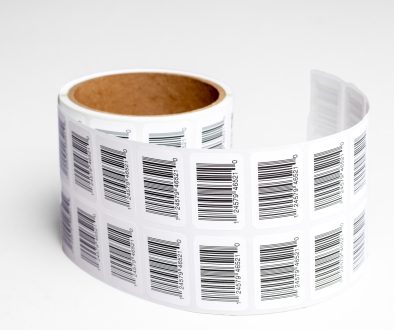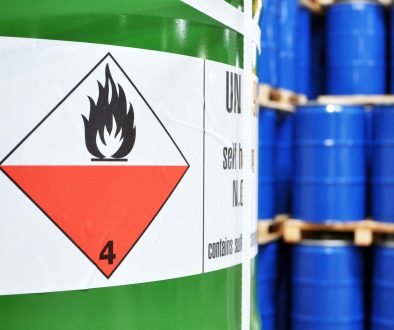The Surprisingly Cool History of Flexography (Yes, Flexo Can Be Cool)
Flexography: It sounds like something your yoga instructor teaches, but it’s actually the backbone of modern label and packaging printing. If you’ve ever picked up a bottle of shampoo, a candy bar, or a can of soda and admired the label (or just didn’t notice it at all because it was so cleanly printed), flexo was likely behind it.
So how did this printing workhorse evolve from messy beginnings to the slick, high-speed marvel it is today? Let’s rewind.
From Toxic Beginnings to a Total Rebrand
Back in the late 1800s, the earliest version of flexo was known as aniline printing. It used rubber printing plates and, unfortunately, toxic aniline dyes that made regulators raise eyebrows and printers reach for respirators.
Fast-forward to 1951: The industry needed a glow-up. The name “flexography” was born—thanks to a naming contest won by Franklin Moss—and the process shed its hazardous inks in favor of safer alternatives. New name, new inks, new era.
The Glow-Up: Key Flexo Innovations
Flexo didn’t just get safer—it got smarter, faster, and way better-looking. Some game-changing moments:
- Photopolymer Plates (1970s–80s) – Replaced rubber plates for sharper detail and longer plate life. Basically, HD before HD was a thing.
- Doctor Blade Systems (1980s) – Gave printers more control over ink flow. Cleaner prints, less mess.
- CI (Central Impression) Presses – Kept everything in perfect alignment, even at high speeds. Essential for crisp, colorful designs.
- UV & Water-Based Inks – Environmentally friendly and fast-drying. Because breathing clean air is cool.
- Digital Integrations (2000s+) – CTP, automation, and real-time monitoring brought flexo into the digital age—cutting setup time and improving precision.
Why Flexo Owns the Label Game
Flexography is the go-to for labels, especially when you’re printing millions of the same design. Why?
- It handles all kinds of materials (paper, plastic, foil—you name it).
- It’s fast. Like, really fast. Like many 100’s of feet per minute! So fast, we add cameras to our presses so we can better see our work.
- It produces sharp, vibrant results.
- It scales beautifully, making it ideal for everything from stickers to full-on product packaging.
Flexo’s Future: Smarter, Greener, Even Better
Flexography isn’t just coasting on past wins. It’s evolving. Here’s what’s coming next:
- Eco Everything – Biodegradable materials, energy-efficient presses, and non-toxic inks are driving sustainable printing forward.
- Hybrid Printing – Marrying digital and flexo for the best of both worlds: flexibility and scalability.
- Tech-Enhanced Quality – New innovations in platemaking, automation, and press design are pushing flexo’s limits—and making offset and gravure sweat a little.
Flexography started as the underdog. Messy, misunderstood, and a little dangerous. But now? It’s the reliable powerhouse behind much of what you see on store shelves.
So next time you peel a label or open some slick packaging, just know: there’s a rich (and surprisingly cool) printing history behind that perfect print.










